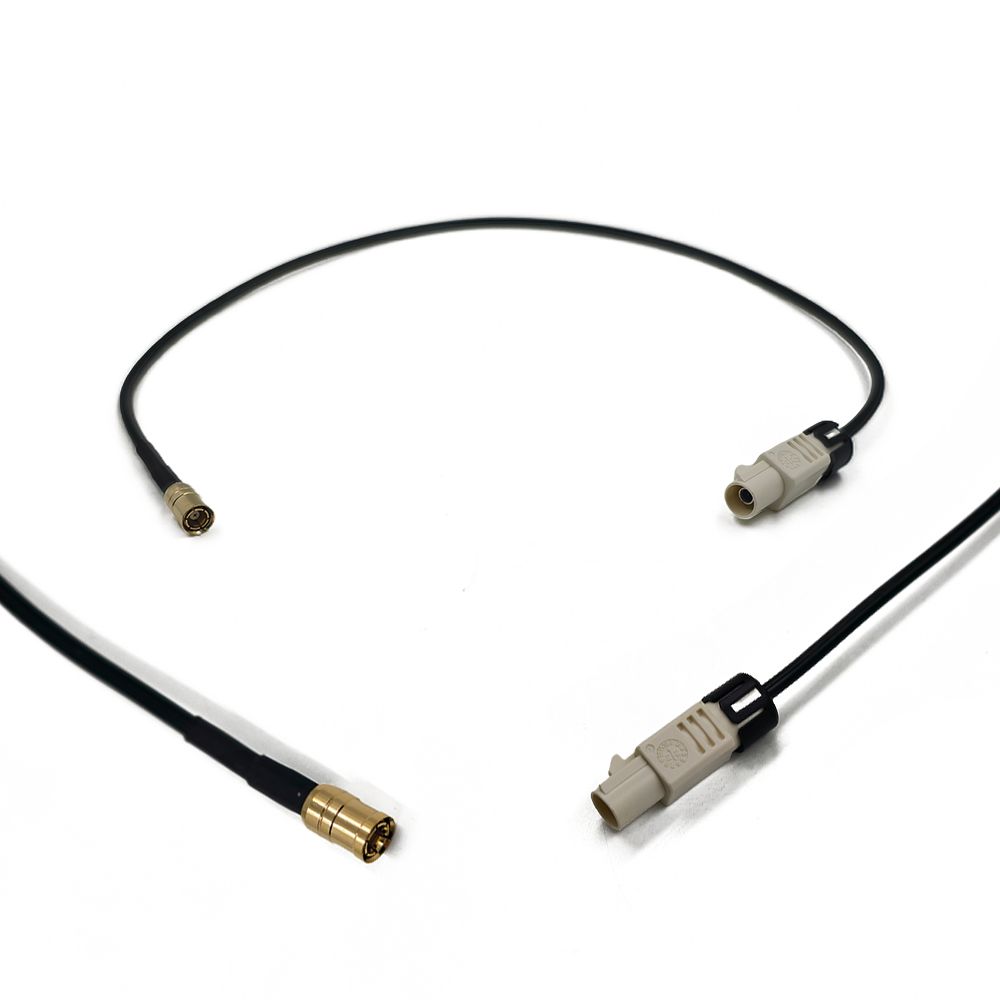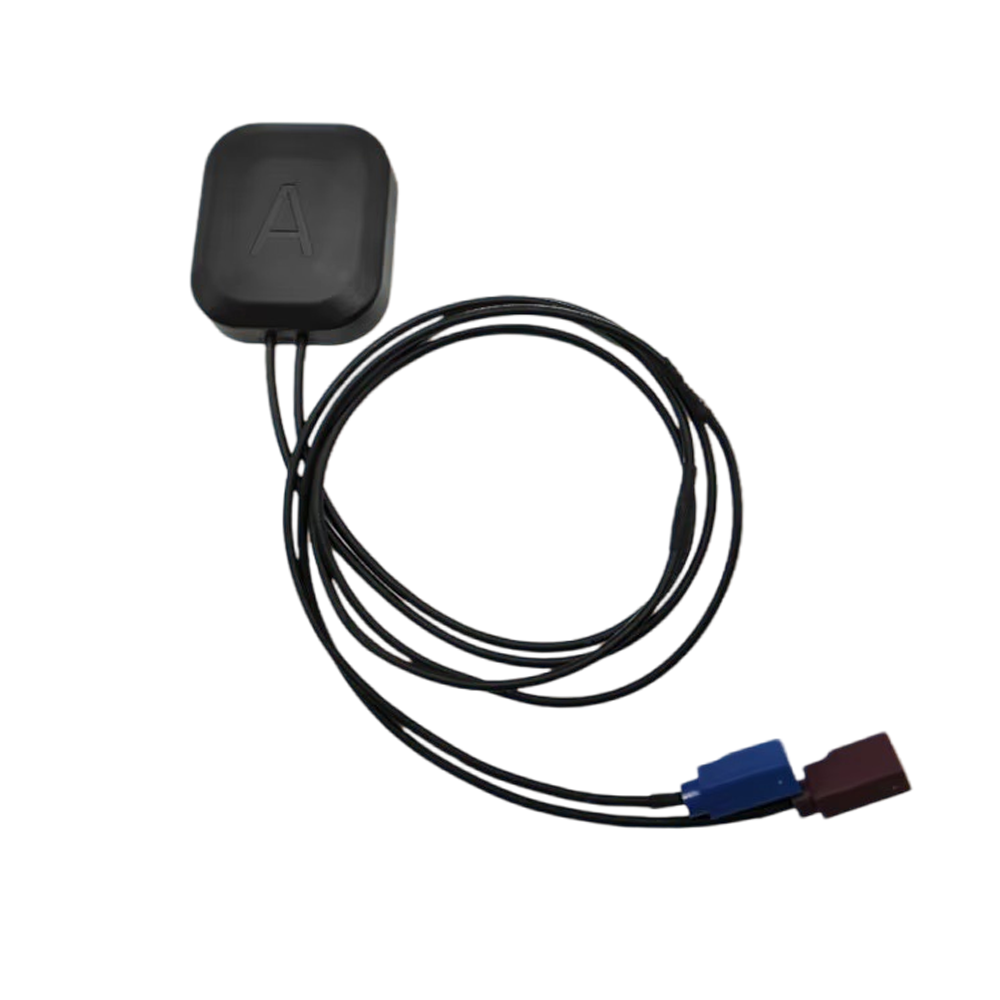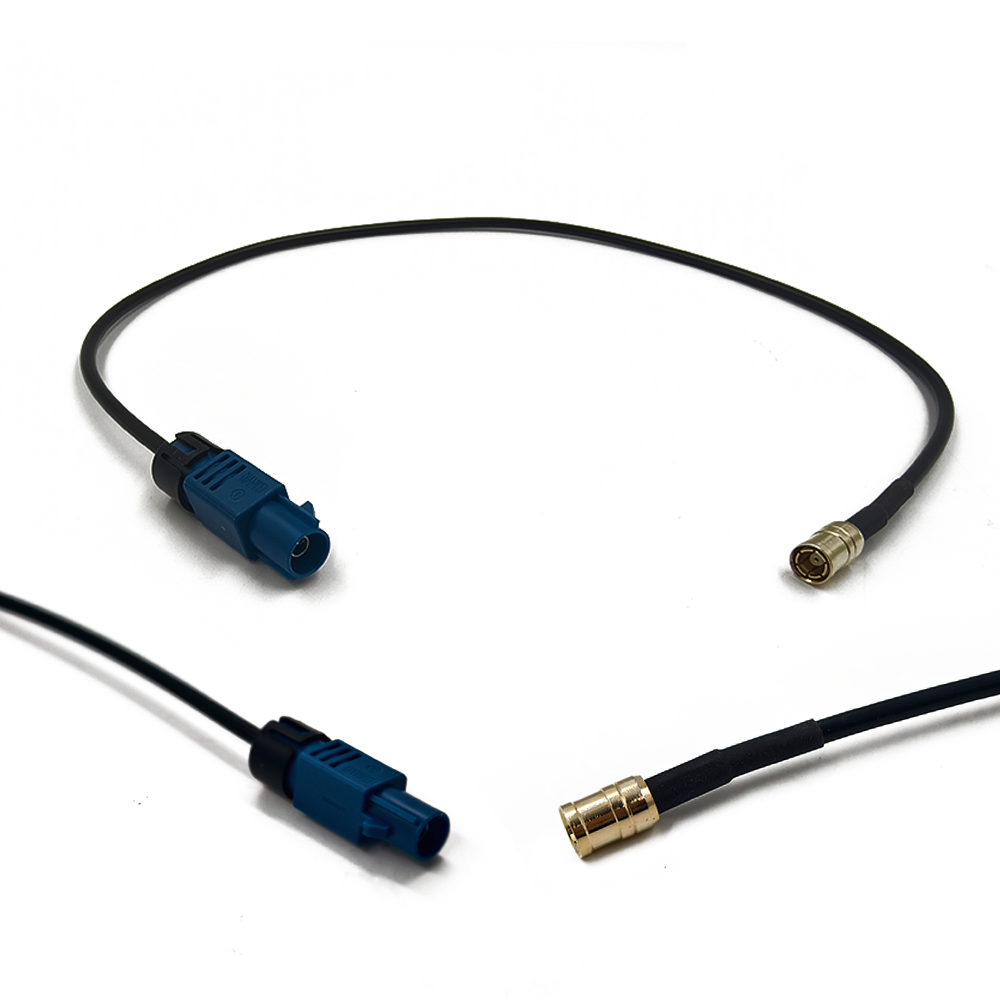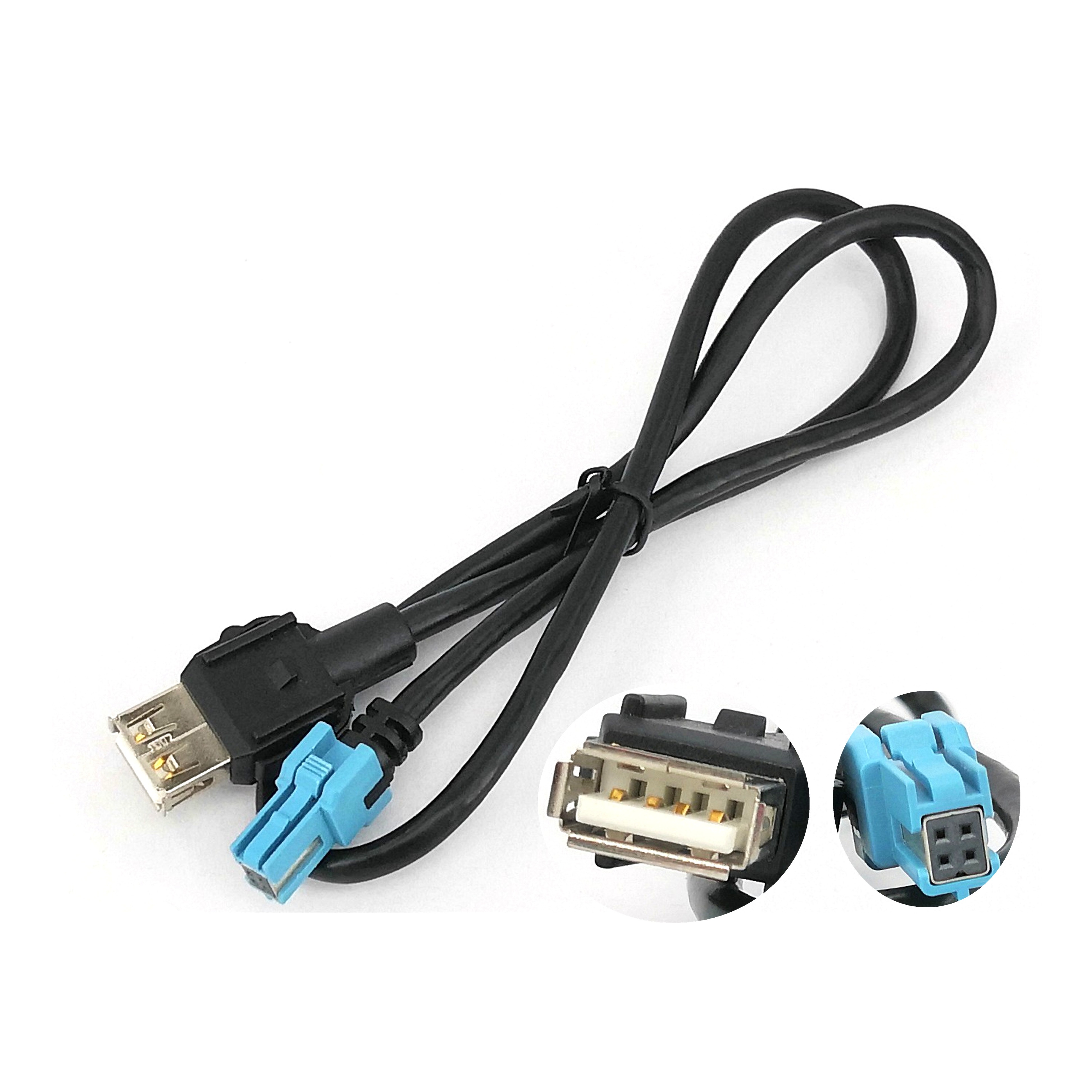FAKRA connector GNSS antennas are integral to a wide array of applications, particularly in the automotive sector. In modern vehicles, they enable turn-by-turn navigation, geofencing, emergency call (eCall) systems, and synchronization of telematics data. With the rise of Advanced Driver Assistance Systems (ADAS) and autonomous driving technologies, precise positioning provided by FAKRA-connected GNSS antennas supports lane-level accuracy, vehicle-to-everything (V2X) communication, and sensor fusion with cameras, radar, and lidar.
Beyond automobiles, these antennas are deployed in asset tracking systems, drones, maritime navigation, precision agriculture equipment, and wearable devices requiring location awareness. Fleet management platforms rely on continuous GNSS data to monitor routes, optimize fuel consumption, and enhance security. In aviation and rail transport, FAKRA-based solutions contribute to signaling, scheduling, and surveillance systems.
Looking ahead, future trends point toward increased integration and performance demands. The transition to hybrid and electric vehicles introduces new sources of electromagnetic noise, necessitating improved shielding and filtering in FAKRA designs. There is also growing interest in multi-constellation, multi-band antennas capable of leveraging all available satellite systems (GPS, Galileo, GLONASS, BeiDou) to improve availability and accuracy, especially in urban canyons or under foliage.
Emerging technologies like Real-Time Kinematic (RTK) and Precise Point Positioning (PPP) require ultra-stable signal paths—areas where FAKRA excels due to its consistent impedance and low jitter. However, the industry is gradually moving toward smaller, higher-density interconnects such as H-MTD and FAKRA II (Mini FAKRA), which offer comparable performance in reduced footprints suitable for densely packed electronic control units (ECUs).
Additionally, smart antennas with built-in signal processing, beamforming capabilities, and anti-jamming features are gaining traction. These advanced modules still utilize FAKRA or its derivatives for reliable backhaul connectivity. As 5G and IoT ecosystems expand, the convergence of GNSS with high-speed data networks will drive demand for modular, scalable, and software-defined antenna systems—many of which will continue to leverage the proven reliability of FAKRA interconnects during the transition phase.
Conclusion
In conclusion, the FAKRA connector GNSS antenna stands as a cornerstone of reliable and accurate positioning technology, particularly within the automotive industry. Its standardized design ensures compatibility, mechanical resilience, and high-fidelity signal transmission—qualities essential for mission-critical applications ranging from basic navigation to autonomous driving. By combining a well-engineered radiating element with a robust coaxial interface, FAKRA-based GNSS antennas effectively capture and deliver faint satellite signals amidst challenging electromagnetic environments.
While newer interconnect technologies are emerging to meet evolving bandwidth and miniaturization needs, FAKRA remains a dominant solution due to its proven track record, cost-effectiveness, and global acceptance. Its ability to support active circuitry, resist environmental degradation, and minimize signal loss makes it indispensable in current-generation vehicles and industrial systems.
As the demand for precise, real-time location data grows, so too will the expectations placed upon GNSS antenna performance. Future advancements will likely focus on enhanced multi-band operation, tighter integration with digital processors, and adaptation to next-generation connectivity standards. Nevertheless, the fundamental principles embodied by the FAKRA connector—reliability, consistency, and scalability—will continue to guide the evolution of RF interconnects in positioning systems. For now and in the foreseeable future, the FAKRA connector GNSS antenna remains a vital enabler of safe, connected, and intelligent mobility worldwide.




































































 Language
Language
 En
En Cn
Cn Korean
Korean

 Home >
Home > 








 18665803017 (Macro)
18665803017 (Macro)













